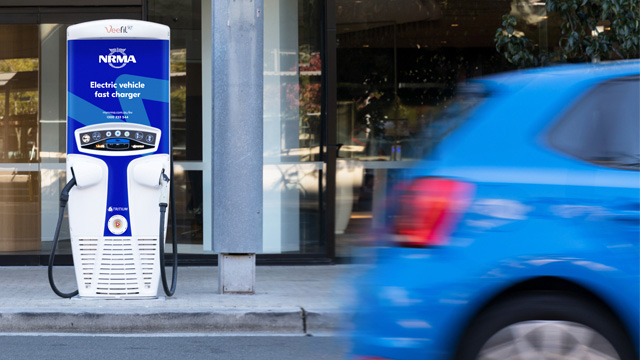Last week the University of New South Wales’s (UNSW) Digital Grid Futures Institute brought together actors from all over the transport and electric vehicle (EV) industry to discuss the electrification of the transport sector, the challenges of the task and the collective road forward.
The aim of UNSW’s Electrifying Transportation forum was to bring together players from throughout an expansive, and sometimes disparate industry, with researchers and technology innovators. In addition to addresses from UNSW academics, the forum also featured talks from representatives of Tesla, AGL Energy, Tritium, NRMA and Aurecon.
Despite the expansiveness of perspectives in the room, all agreed that the electrification of the transport sector is being stalled by three major concerns; the perennial concern of range anxiety, the paucity of public charging infrastructure and the lingering price disparity between EV and petrol vehicles.
That all in attendance agreed upon these issues is hardly surprising considering the investment and resultant technological innovation seen in the market in recent months, particularly, as Professor Martin Green notes, the integration of solar technology. The consensus is even less surprising when we remember the EV manufactures the world over are involved in an unprecedented collaborative push in EV R&D. Such collaboration could provide the economies of scale required to bring down the costs of EV.
The integration of solar, such as Lightyear One prototype released in June, mentioned explicitly by Green, set the tone for a series of solar PV integrated EV projects looking specifically to overcome the problem of range anxiety. Toyota and Hyundai followed suit with the announcement of trials for the new Prius PHV and the unveiling of the hybrid Sonata respectively.
However, for a variety of reasons, these ventures can only ever prove to be linkages to the electrification of the transport sector, for the technology is not yet self-sufficient or affordable enough to reach economies of scale, nor, it must be said, is the technology aesthetically variable. To the last point, UNSW academics noted advances made at the university in recent years, such as spray-on solar cells, could result in a technological solution aesthetically akin to solar paint
The dearth of EV charging infrastructure is similarly on the radar of young companies like Chargefox and Evie. The latter, Australia’s only public ultra-rapid EV charging network, now provides regular charging stations enabling EV users to drive from Adelaide to Cairns.
Clearly these three problems are on everyone’s radar, but the type of troubleshooting facilitated by the UNSW forum is just the manner of interaction between willing players
that can accelerate the electrification of the transport system, an eventuation that could prove one of the most defining of the century.
This content is protected by copyright and may not be reused. If you want to cooperate with us and would like to reuse some of our content, please contact: editors@pv-magazine.com.









By submitting this form you agree to pv magazine using your data for the purposes of publishing your comment.
Your personal data will only be disclosed or otherwise transmitted to third parties for the purposes of spam filtering or if this is necessary for technical maintenance of the website. Any other transfer to third parties will not take place unless this is justified on the basis of applicable data protection regulations or if pv magazine is legally obliged to do so.
You may revoke this consent at any time with effect for the future, in which case your personal data will be deleted immediately. Otherwise, your data will be deleted if pv magazine has processed your request or the purpose of data storage is fulfilled.
Further information on data privacy can be found in our Data Protection Policy.